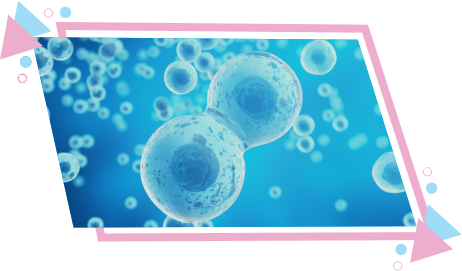Assisted Hatching
Services / Assisted Hatching

Assisted hatching is a laboratory procedure that is sometimes performed in conjunction with in vitro fertilization (IVF) treatment. In vitro fertilization consists of mixing eggs with sperm in a laboratory (unlike a woman’s body as in natural conception). Eggs are considered fertilized when a sperm succeeds in penetrating the egg. During in vitro fertilization, the fertilized eggs are checked for 3-6 days, since they divide and become embryos. The best embryo can be inserted into the woman’s uterus (embryo transfer) in the hope of helping her to get pregnant or can be frozen for future use.
As the embryo develops, it is surrounded by cells that form a protective coating (zona pellucida). The embryo breaks naturally from this shell as it grows. Occasionally, the doctor may ask the lab to make a small “slit” in the outer covering of the embryo just before it is placed on the woman’s body (assisted hatching). The hope is that assisted hatching may help the embryo to expand, implant itself in the uterine wall and eventually lead to pregnancy.
How is assisted hatching performed?
During assisted incubation, the outer shell of the embryo is artificially weakened by making a small hole in the zona pellucida. This can be done in different ways. One method involves applying an acid solution, called a Tyrode solution, to help dissolve a small hole in the cover. Another method involves the use of a laser to “break” the cover.
Can hatching cause problems with my embryo or my pregnancy?
Rarely, assisted hatching can damage the embryo, rendering it unusable.
The risk of identical twins could increase slightly when assisted hatching is applied. Medical complications are higher in identical twin pregnancies than in normal singleton pregnancies.
Drugs such as antibiotics and steroid hormones are sometimes prescribed around the day of assisted incubation and embryo transfer. Uncommonly, undesirable effects may occur from the use of these drugs.
Will I benefit from assisted hatching?
Experts do not recommend the use of assisted hatching in all patients undergoing IVF treatments to conceive. Studies suggest that assisted incubation could help improve the chances of pregnancy for some patient groups. Assisted incubation can help improve the chances of pregnancy in women who have not had a pregnancy in previous IVF cycles and in those with a poor prognosis (which they probably do not conceive).
Are there other reasons for assisted hatching?
If the pre-implantation genetic diagnosis (PGD) is planned, assisted incubation of the embryo on the third day after fertilization may facilitate a biopsy for PGD. During a biopsy, a small amount of tissue is taken from the outer cells of the embryo (trophectoderm) around the fifth day after fertilization (blastocyst stage). It is easier to see the trophectoderm and remove the cells in an incubation embryo.